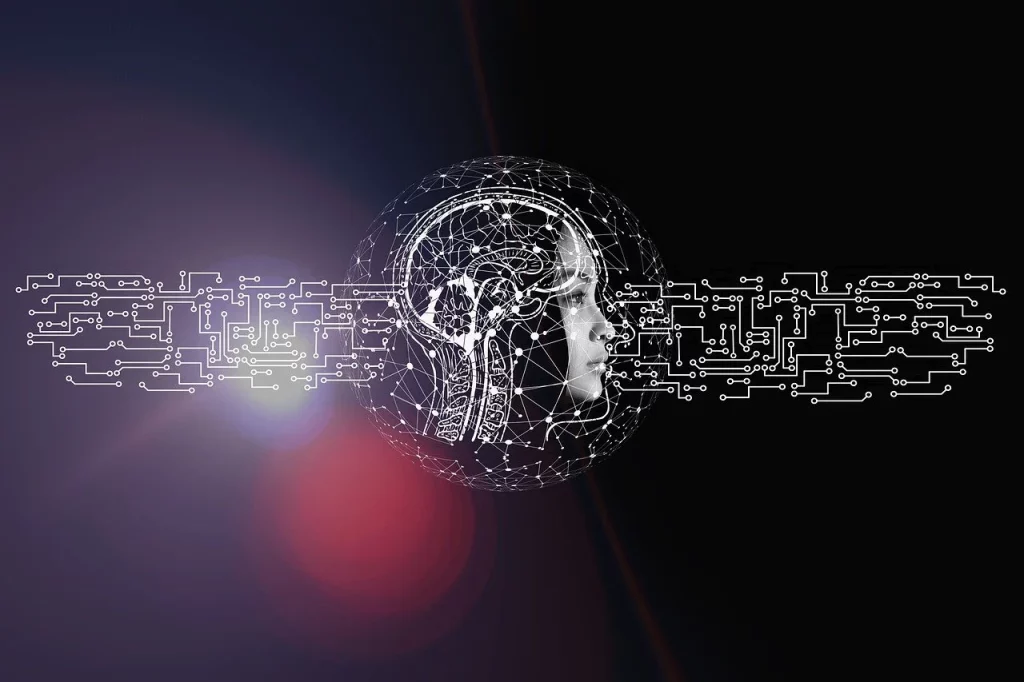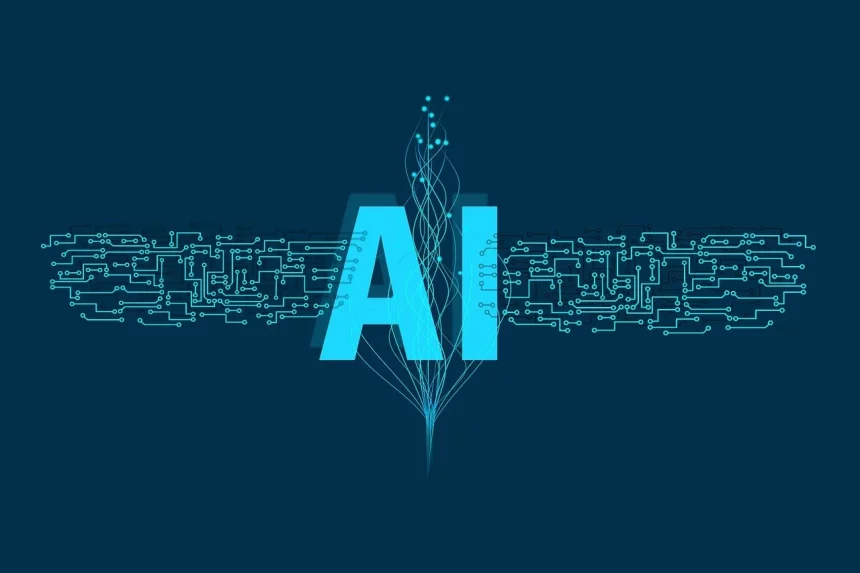In today’s digitally progressing world, we often encounter the word ‘AI’, but have you ever wondered what Artificial Intelligence is really about and what it can do? In this blog, let’s explore the basic principles of this amazing technology together. We’ll look at its strengths and weaknesses and see real-life examples of AI in action.
Understanding Artificial Intelligence

What is Artificial Intelligence?
Artificial Intelligence technology, commonly known as AI, involves the imitation of human intelligence processes through the use of machines, primarily computer systems. This expansive field spans various applications, such as expert systems, natural language processing, speech recognition, and machine vision. Fundamentally, AI strives to replicate human intellectual abilities by not only limiting itself to learning, reasoning, and self-correction, and even fostering creative thinking.
How does it Work?
Delving into the intricate mechanisms of AI systems reveals a fascinating process. These systems absorb vast quantities of labeled training data, subjecting it to meticulous analysis to disclose patterns and correlations. These discovered patterns form the foundation for the system’s ability to predict any events. In simpler terms, AI can imitate human-like tasks. For instance, chatbots can engage in remarkably lifelike conversations, while image recognition tools expertly pinpoint objects in images. It’s also worth noting the ongoing evolution of AI. This evolution showcases advanced generative AI techniques that can skillfully craft realistic text, images, music, and more.
- Advertisement -
What Significance does this tech Have?
The significance of this amazing technology lies in its potential to revolutionize our daily lives, the way we work, and our interaction with technology. It has seamlessly integrated into various industries, automating repetitive tasks, enhancing customer service, and offering predictive fraud detection. AI shines where humans might stumble, particularly in meticulous, data-intensive tasks. Enhancing efficiency is just one aspect of its impact; in addition, it also offers valuable insights crucial for emerging businesses.
Advantages and Disadvantages
AI boasts an excess of advantages, from excelling in detail-oriented roles and expediting data-heavy tasks to reducing labor requirements and providing consistent results. Furthermore, AI’s personalization capabilities can greatly enhance customer satisfaction. Nevertheless, it’s not without its drawbacks, including the costs involved, the need for specialized expertise, potential biases in training data, and its impact on employment.
What are the 4 types of Artificial Intelligence?
AI can be divided into four types, each based on its capabilities:
- Reactive Machines: These AI systems are task-specific and lack memory, such as the iconic Deep Blue chess-playing program.
- Limited Memory: AI with limited memory can leverage past experiences to inform future decisions, as seen in self-driving cars.
- Theory of Mind: This AI category seeks to understand human emotions and intentions, a vital skill for seamless integration into human teams.
- Self-Awareness: AI with self-awareness possesses a sense of self and consciousness, though this level of AI remains a theoretical construct.
Distinguishing between Weak and Strong AI
AI can be categorized into two distinct types: Weak AI and Strong AI.
- Weak AI: also known as narrow AI, is already in use and is designed for specific tasks, like virtual personal assistants.
- Strong AI: It remains a theoretical concept, representing a system with self-awareness and the ability to adapt to unfamiliar tasks.
How is AI used today?
AI has seamlessly integrated into a variety of technologies, including:
- Automation: It combines AI with robotic process automation to automate data processing tasks.
- Machine Learning: It enables computers to make predictions without explicit programming.
- Machine Vision: Machines can see and analyze visual information.
- Natural Language Processing (NLP): It is a technology that processes human language through computer programs.
- Robotics: It is designed for tasks that are challenging or repetitive for humans.
- Self-driving cars: Using AI for autonomous navigation.
- Text: Image and Audio Generation, powered by generative AI techniques
Conclusion
Artificial Intelligence isn’t merely a slogan; it’s a transformative force shaping our world. Its ability to automate, predict, and personalize is revolutionizing industries and offering solutions to complex challenges. While AI holds great promise, it also raises ethical and practical concerns that warrant careful consideration as we navigate the exciting future it promises. Understanding its core principles, workings, advantages, and disadvantages is crucial for harnessing its power for the betterment of society.


